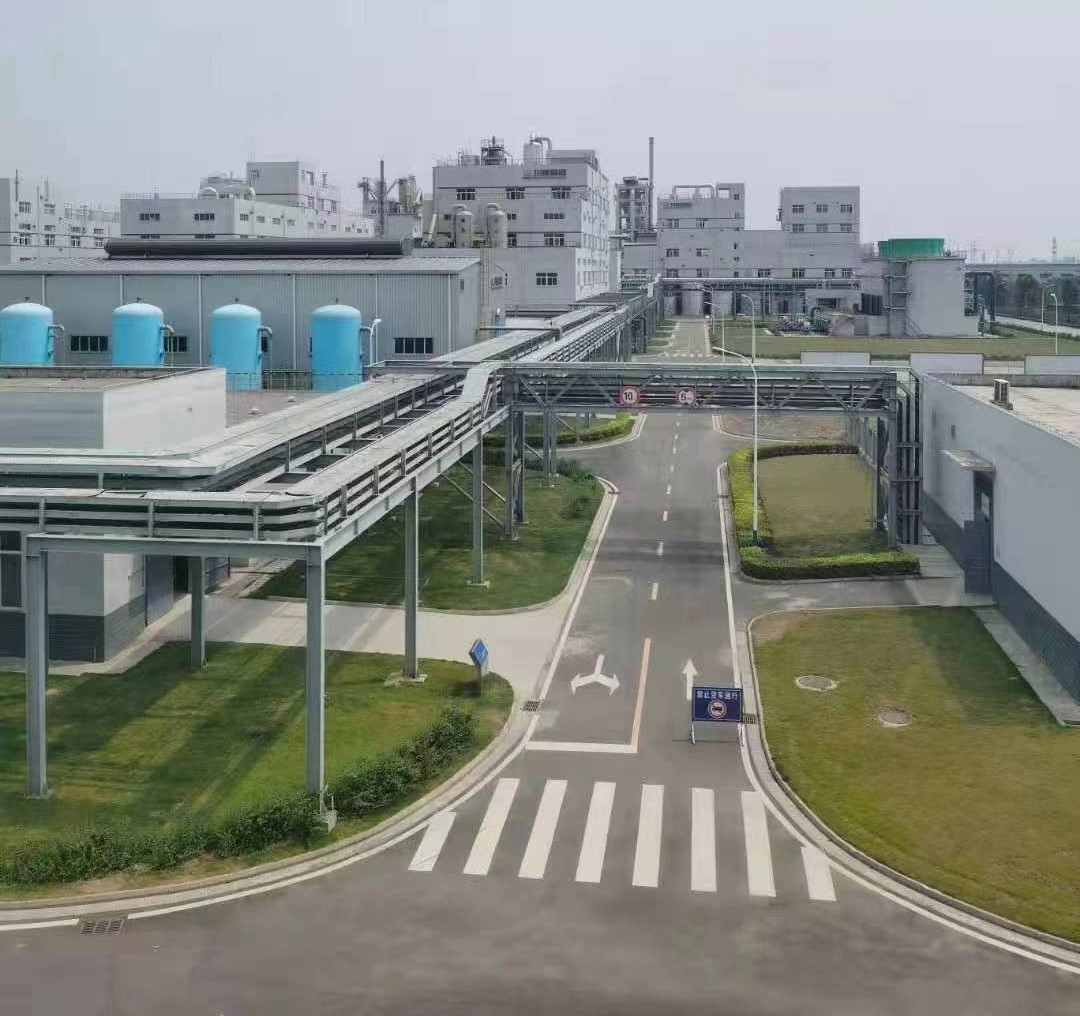Logical Analysis of Nickel Sulfate Prices in the First Half of 2025
Jul,27,25
Logical Analysis of Nickel Sulfate Prices in the First Half of 2025 CLPC
In the first quarter, the rise in MHP prices coupled with supply shortages led to a continuous increase in nickel sulfate prices.
The expected shortage of nickel ore supply in Indonesia in the first quarter has driven the continuous rise of nickel prices, while the production of high ice nickel in Indonesia has also decreased. The demand for MHP procurement by nickel salt plants has correspondingly increased, driving the MHP coefficient to continue to rise and the production cost of nickel salt plants to increase. As the degree of inversion of raw material costs intensifies, more nickel salt factories choose to stop or reduce production due to losses, resulting in a significant decline in market supply. Nickel salt factories that are still producing have a strong upward trend in prices. Although downstream demand in the first quarter was less affected by the Spring Festival than in the fourth quarter of last year, the shortage of raw material supply forced precursor factories to passively accept high coefficient raw materials, resulting in a continuous rise in nickel sulfate prices.
In the second quarter, demand slightly recovered, costs increased slightly, and nickel sulfate prices rose slightly.
From the performance of nickel prices, the price of London nickel showed a downward trend in the second quarter, mainly due to the disturbance of US tariff policies. At the same time, the floods in Indonesia have had an impact on MHP production, resulting in a month on month decline in MHP production in the second quarter; The reduction in the supply side and the inability to resume production of high-grade nickel as a raw material supplement for MHP have led to a slight increase in the MHP coefficient, which in turn has driven up the overall production cost of nickel salts. On the demand side, with the recovery of production days, downstream precursor enterprises have seen a slight increase in demand for nickel salts compared to the first quarter. However, due to the overall weak demand for ternary products, the incremental space for nickel salt demand is limited. From the supply side, the upward trend in raw material prices has led to a strong willingness among nickel salt production enterprises to raise prices. However, due to weak downstream demand, the upward trend in nickel salt prices has been suppressed. Overall, under the dual effects of a slight recovery in demand and an increase in costs, nickel salt prices showed a slight upward trend in the second quarter.






